set sail!What kind of task will be there in Guangfan No. 2?This is the sun and earth in its eyes
Author:Astronomy online Time:2022.06.19
The prototype of this solar ship was built by the planet society to experiment with the technology of promoting new space.
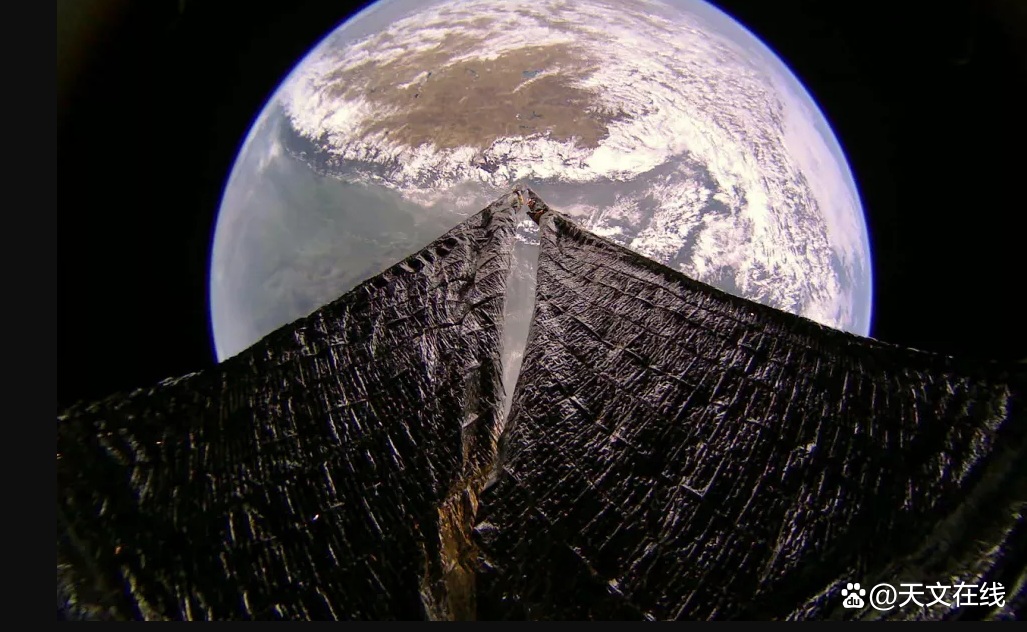
A picture from Guangfan 2 shows the Himalayas, which spans Tibet and India, China, on January 31, 2020. (Picture source: planet society)
A experimental aircraft -a space -saving research as a space -saving space for time to test Sunfan as a mission that can support the future of the distant location -still fly in the orbit of the earth after two years of launch.
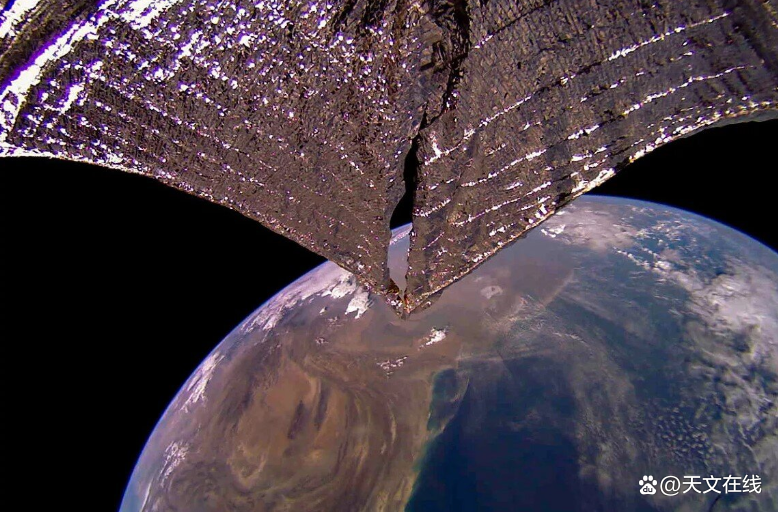
The aircraft named Guangfan 2 is a cube satellite that is adjusted from about a piece of bread as a boxing field: it can cover about 433 square feet (32 square meters). Its sails will capture the light from the sun to promote the forward of the aircraft, just like the sailing boat moves by the wind.

Guangfan No. 2 is a private project, which belongs to the planetary society -a non -business institution headquartered in the United States and exterior. According to a statement issued by the planet society on Monday (November 15), their experimental results have helped NASA's upcoming tasks, such as NEA investigation, solar patrol and ASC3, which will depend on the solar sails. The NASA is one of the "passengers" of NASA's next Artemis 1 ring -lunar mission. It will use solar research technology to break away from the moon's orbit and visit a small planet near the earth.
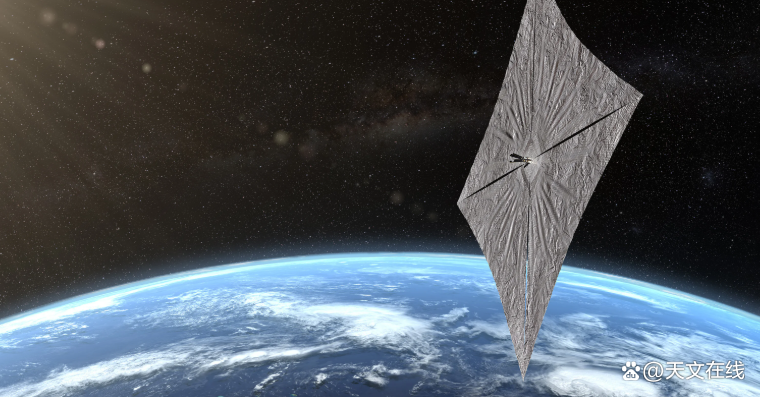
The use of Sunfan No. 2 is not to reach the distant destination, but to keep itself stable in the routes on the earth. The aircraft is now around 426 miles (687 kilometers) at an altitude, and it has resistance to the residual layer of the earth with the atmospheric layer of the earth. Under normal circumstances, this resistance will slow the speed of satellites and pull it to the earth. But the energy of Sunfan can be offset. The aircraft first rely only on the Sunfan to increase its bypass orbit. Now, it gradually shows disadvantages in the fighting with the atmosphere, but this process has been greatly slowed because of the existence of Sunfan.
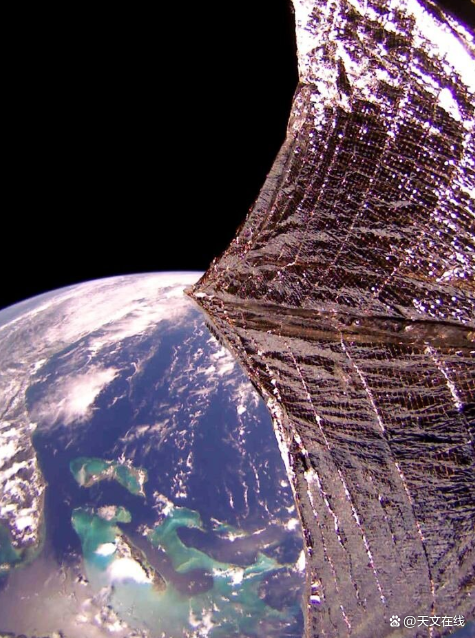
"Thanks to the gradually optimized navigation navigation. In recent months, the orbit decay rate caused by altitude has reached the best level since the entire task," in the statement of the planetary society. "The thrust can even restrain the atmospheric resistance occasionally, and the aircraft slightly improves the aircraft. Surrounding orbit. "
This seven million US dollar task was obtained by crowdfunding and launch in 2019. It benefited from a peaceful period in the 11 -year Sun activity cycle, but not long ago, this peace was ended. In the past few months, more and more sun sunspots have formed on the surface of the sun. The huge lava eruption has sprayed a large amount of charged particles into the surrounding spaces. These particles arrived on the earth in the form of solar wind, came into contact with the atmosphere and thickened them.
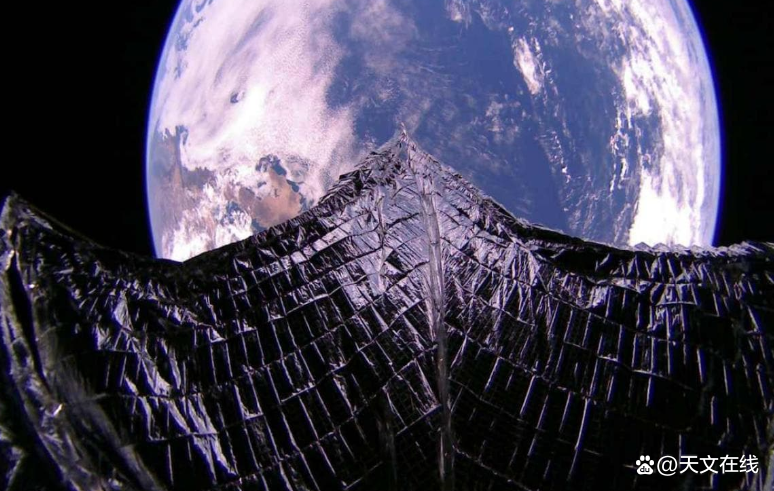
"During most of the task, solar activities that are lower than the average value maintain the thinness of the high -level atmosphere of the earth to reduce the resistance to sailing," said the planet society in the statement. "This has recently changed, and the sun has become more and more active. And radiate a huge spots. The Guangfan No. 2 team believes that this kind of activity is likely to lead to higher orbit decay than the early stage of the task. "
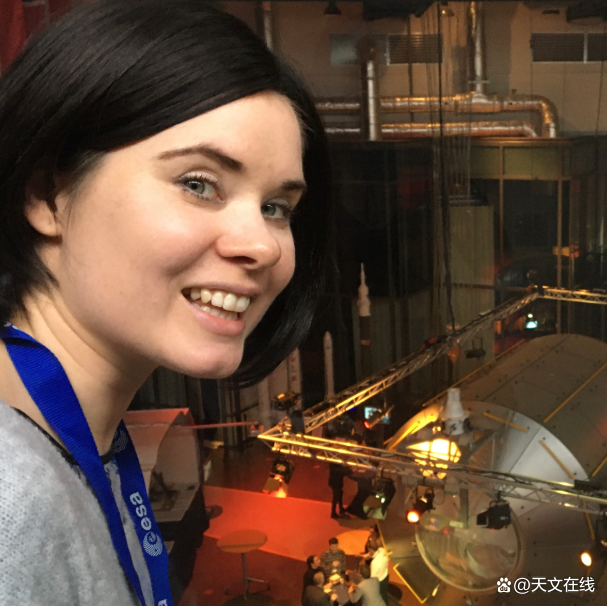
The No. 1 camera of Guangfan 2 captured the deployment of the sunflower of the aircraft. (Picture source: planet society)
During the mission, Guangfan No. 2 used its Pisces camera to capture some wonderful photos of its home planet, including the tropical storm Galaxy (Mirinae) snapshot of the Japanese coastline during the Tokyo Olympics in August this year.
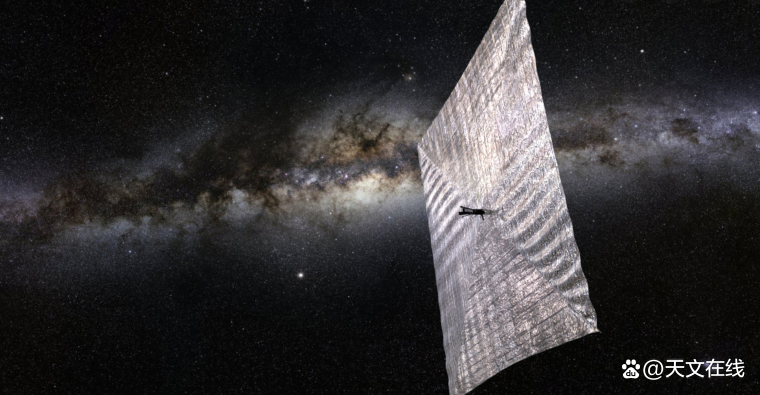
The primary role of these fish -eye cameras is to monitor the state of Sunfan. Experts have noticed some signs that Sunfan may be abrasion and damage early. The calculation data of the planet society predict that the aircraft should continue to fly for at least one year.
related information
Sunfan (also known as light sail, especially when it uses light sources from the sun) is a plan to use huge film lenses, and use the radiation pressure of the sun as a plan for the promotion of spacecraft. Radiation is very small, but unlike the Rockets, Sunfan does not require fuel. Although the promotion force is small, as long as the sun continues to shine, the sun sails can continue to operate.
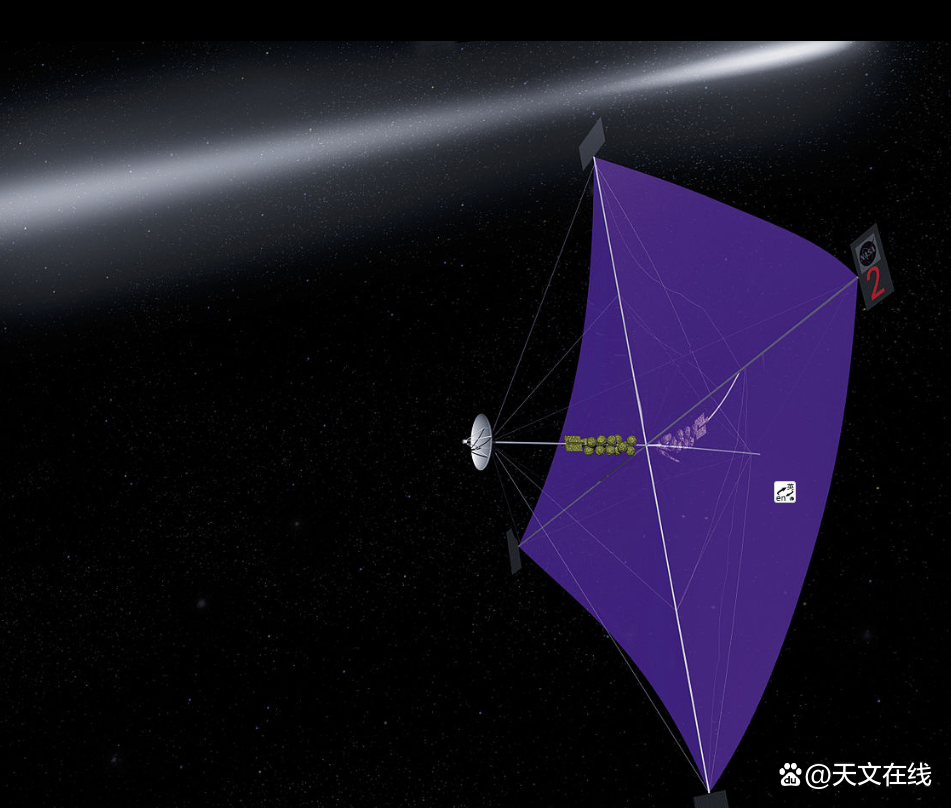
The idea of Sunfan.
Solar heat collectors, temperature control panels and trees under the sun can be regarded as special solar sails. Sun sails can help adjust the flying posture on the track or make a small amount of correction on the track without consuming fuel, and it does not need to consume fuel. Both other methods must consume fuels to manipulate or control the flying posture. There are already small -scale solar sails that have been built for specific purposes. Some unmanned spacecraft, like Pioneer 10, have successfully extended the period of product use with these technologies.
The scientific nature of Sunfan has a good proof, but the technology of dealing with large Sunfan is still immature, making the task planner unwilling to invest in millions of budgets to develop the control structure of Sunfan. This negligent mentality has made some enthusiastic civilian agencies trying to develop privately, such as the plan of Universe No. 1.
The concept of Sunfan was first proposed by Johnes Capeler, a astronomer in Germany in the 17th century. In the late 1920s, Friedrich Camer once again put forward this concept after nearly ten years of harden.
By: Lightsail 2-Space/ Tereza Pultarova
Fy: jupe
If there is related content infringement, please contact the author to delete after the work is released
- END -
After Wang Jinkang, Jiang Bo and other 13 science fiction writers entered the state -owned enterprise, they did it

Text | China Science News reporter Yuan YixueIn April 2019, the State -owned Assets...
The selection of the 4th Zhoukou City Expert Social Science Experts was announced
Zhoukou Daily · Zhou Dao client reporter Huang JiaOn June 12, the reporter learned from the Zhoukou Social Sciences Federation that the 4th Zhoukou Outstanding Youth was jointly organized by the Orga